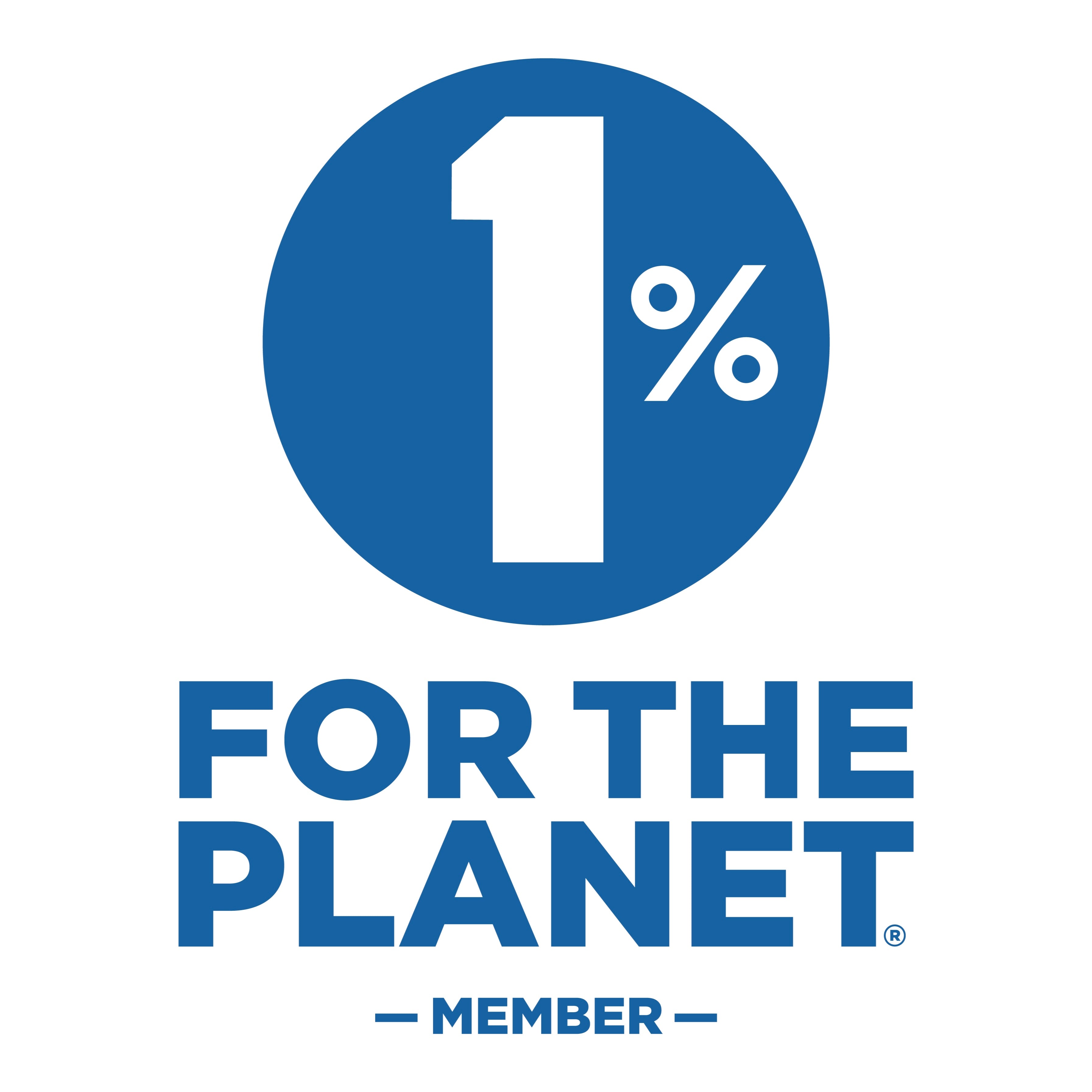When choosing a sunscreen you need to consider firstly whether they work, how much they cost and whether they are eco-friendly. So we've put together a quick check-list of 10 things you should consider.

1. Look for an SPF50+ (Sun Protection Factor) Sunscreen it will protect you from 98% of the UVB “burning” rays that penetrate your skin. SPF50 is also good, the difference between them is SPF 50: 98.0% SPF 50+: 98.3% - so minimal.
2. Does it feel nice? No one wants a greasy or sticky cream. Go for one that's sheer and easily absorbed into the skin- always apply it liberally though. Re-apply frequently especially after bathing, sweating or sports activities.
3. Added Vitamins - does the sunscreen have added vitamins like Provitamin D or Vitamin C? Provitamin D can help protect the hair follicles on your skin skin and provides a barrier against UV rays. So a good cream will have additive,
According to company Cosmacon GmbH "Since vitamin D formation in the skin originates from provitamin D, topical application of provitamin D has quite a few beneficial effects on the skin, from improving the corneal envelope and barrier function, to cell differentiation and activation of antimicrobial peptides, to protecting against UV rays, protecting hair follicles, and supporting melanocyte formation.In addition, provitamin D offers the advantage that the skin can use it in a self-regulating manner for vitamin D synthesis" ..So there you go!
4. Does it smell nice? - Although scent appreciation is highly personal, it is important that your cream is either scent-free or nicely scented with natural ingredients.
5. Nasty ingredients - Harmful ingredients can skin cause irritation and skin allergies. Like any skin creams they can be absorbed into the bloodstream which may effect your health. Avoid: avobenzone, cinoxate, dioxybenzone, ensulizole, homosalate, meradimate, octinoxate, octisalate, octocrylene, oxybenzone, padimate O, and sulisobenzone. Zinc oxide and titanium dioxide are effective and safe. You're hardly likely to read through all the ingredients so most creams say things like, Paraben Free, Allergen Free, Silicone free, PEG-Free which is a petroleum based ingredient- Polyethylene Glycol.
6. Ocean and Reef protection - The ingredients found in some sunscreens are dangerous to coral reefs, and the scale is frightening, with an estimated 14,000 tons of sunscreen deposited into the ocean annually. Key ingredients to avoid as mentioned above, are Oxybenzone ,Octinoxate, Benzophenone-1, Benzophenone-8, OD-PABA, 4-Methylbenzylidene camphor, 3-Benzylidene camphor, and Octocrylene. Why? - These can affect corals’ reproductive cycle, damage DNA, and worsen the effects of coral bleaching. source : Coral Reef Alliance
7. Packaging - Always check whether the packaging has been derived from a recycled source- for example has the bottle been made with recycled plastic? or whether its recyclable. Similarly the outer packaging and paper insert - has that been made with recycled paper and if not, is the paper FSC- certified (Forest Stewardship Council) and sourced sustainably. Preferably all packaging should be from a recycled source and recyclable and or biodegradable.
8. Cruelty free - There is no reason why sunscreen or any of its constituent ingredients should be tested on animals for its efficacy or safety. Preferrably when the Cruelty free claim is being made it should be officially certified by an organisation such as Cruelty-Free International or by Peta
9. Vegan - There is no reason why animal-derived products should be included in a sunscreen either as part of the ingredients, the manufacturing process or the packaging. So as long as the Vegan term is not being used as green-washing and preferable officially certified as being vegan by the Vegan Society for example, then it's a legitimate claim and important for those who practice veganism.
10. Climate Neutral - It's all the better if the sunscreen manufacturing and distribution is deemed climate neutral. Many manufacturers team up with organisations such as Climate Partner to offset their emissions by investing in initiatives such as forestry creation. It helps in the manufacturing is done close to the point of sale especially when regulations on manufacturing standards are upheld and monitored.
We discovered a Swiss-made Sunscreen called "New Layer" which meets most of these criteria. You can buy it here without having to shop around. (They happen to sell through Amazon for distribution purposes) BUY
(Header Image: Courtesy of Andrew Steele, jointly released into the public domain by the person in the photo (wiki user HYang Wong - Showing Sunscreen SPF 30 applied to my back and photographed using normal and UV photography at the Cheltenham Science festival.)
#MinimiseOurHumanFootprint
©Ateliers Verts Ltd. 2023
Back to: Ateliers Verts® The Magazine






